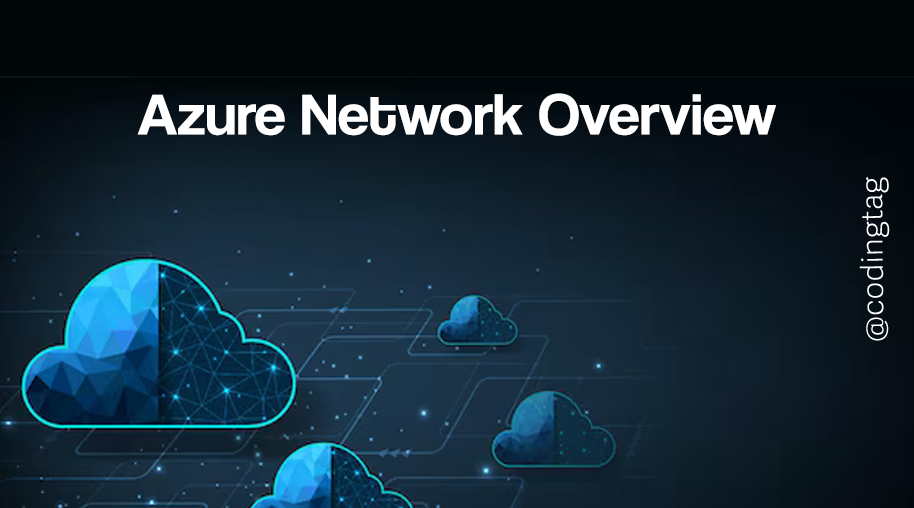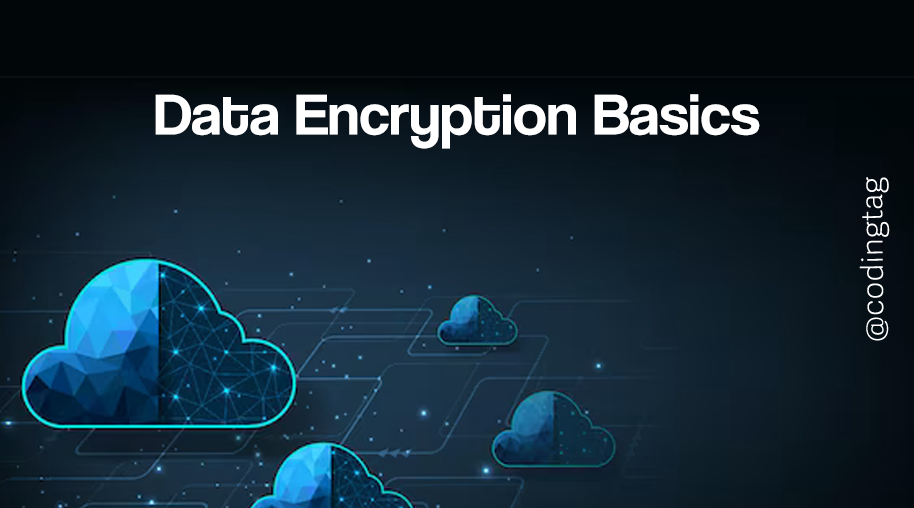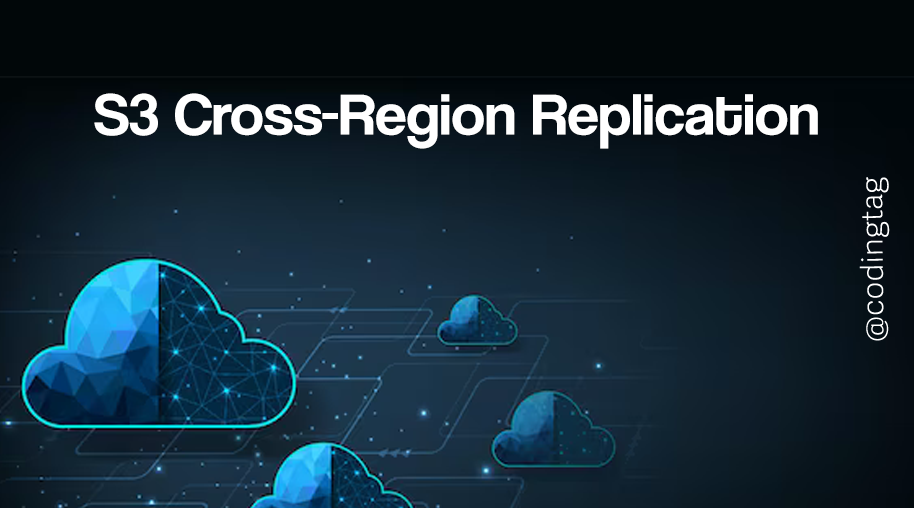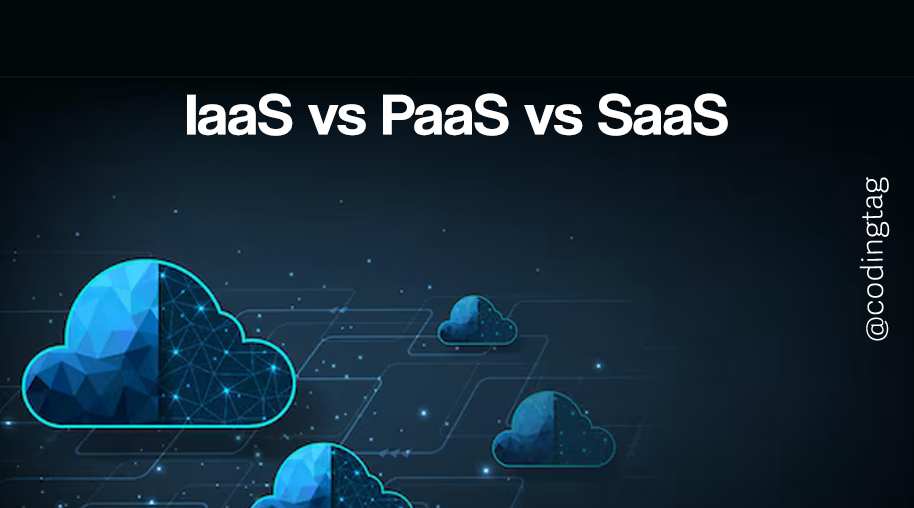CI/CD Fundamentals
0 530
🚀 CI/CD Fundamentals
Modern software development thrives on speed and reliability. That’s where CI/CD — Continuous Integration and Continuous Deployment — steps in. It enables developers to ship code faster, with fewer bugs, and more confidence. In this post, we’ll explore what CI/CD is, why it matters, and how to implement it with real-world examples.
⚙️ What is CI/CD?
CI (Continuous Integration) is the practice of automatically integrating code changes into a shared repository several times a day. CD (Continuous Deployment or Continuous Delivery) takes it a step further by automating the release of this code to production or staging environments.
🔄 Why CI/CD Matters
- Faster releases: Automate repetitive tasks to ship features more quickly.
- Improved code quality: Automated testing ensures bugs are caught early.
- Less manual effort: Focus on coding rather than debugging in production.
- Team collaboration: Frequent integrations reduce merge conflicts.
📁 CI/CD Pipeline Overview
A typical CI/CD pipeline has the following stages:
- Source: Developers push code to a shared repository (e.g., GitHub).
- Build: The application is compiled or bundled.
- Test: Automated unit, integration, and UI tests run.
- Deploy: Code is released to staging or production.
🛠️ Sample CI/CD Workflow (GitHub Actions)
Let’s walk through a basic CI/CD setup using GitHub Actions for a Node.js application.
name: Node.js CI/CD
on:
push:
branches:
- main
jobs:
build-test-deploy:
runs-on: ubuntu-latest
steps:
- name: Checkout code
uses: actions/checkout@v3
- name: Setup Node.js
uses: actions/setup-node@v4
with:
node-version: '18'
- name: Install dependencies
run: npm install
- name: Run tests
run: npm test
- name: Deploy to production
run: npm run deploy
env:
API_KEY: ${{ secrets.PRODUCTION_API_KEY }}
This workflow is triggered on every push to the main branch. It checks out code, installs dependencies, runs tests, and then deploys the app using a secure API key stored in GitHub Secrets.
🔐 Managing Secrets Securely
Use environment variables and secrets managers to store sensitive data like API tokens or deployment credentials. For example, in GitHub, you can go to Settings → Secrets and define values used inside workflows.
🔁 Continuous Delivery vs Continuous Deployment
These two are often confused:
- Continuous Delivery: Automatically prepares code for deployment, but requires manual approval to go live.
- Continuous Deployment: Code goes live automatically once it passes all pipeline stages.
⚡ Tools Commonly Used in CI/CD
- GitHub Actions: Native automation for GitHub repositories.
- Jenkins: Highly customizable open-source automation server.
- GitLab CI: Integrated CI/CD with GitLab repositories.
- CircleCI: Fast builds with Docker support.
- Travis CI: Simple configuration for open-source projects.
🧪 Importance of Testing in CI/CD
Testing is a key pillar of CI/CD. You can use tools like Jest (JavaScript), JUnit (Java), or PyTest (Python) to automate:
- Unit Tests — Check individual functions/components
- Integration Tests — Validate how parts of the app work together
- End-to-End Tests — Simulate user behavior across the system
📈 Monitoring and Rollbacks
Once deployed, your CI/CD system should be integrated with monitoring tools like New Relic, Datadog, or Prometheus. If something goes wrong, automated rollback strategies or manual trigger points help restore the last stable version.
🔚 Final Thoughts
CI/CD isn't just a tech trend — it’s a development necessity in modern software teams. It minimizes human error, shortens release cycles, and helps teams stay competitive.
Once implemented properly, CI/CD allows developers to focus on innovation rather than infrastructure headaches. Start small, automate the critical paths first, and build up as your team grows.
If you’re passionate about building a successful blogging website, check out this helpful guide at Coding Tag – How to Start a Successful Blog. It offers practical steps and expert tips to kickstart your blogging journey!
For dedicated UPSC exam preparation, we highly recommend visiting www.iasmania.com. It offers well-structured resources, current affairs, and subject-wise notes tailored specifically for aspirants.

Share:







Comments
Waiting for your comments